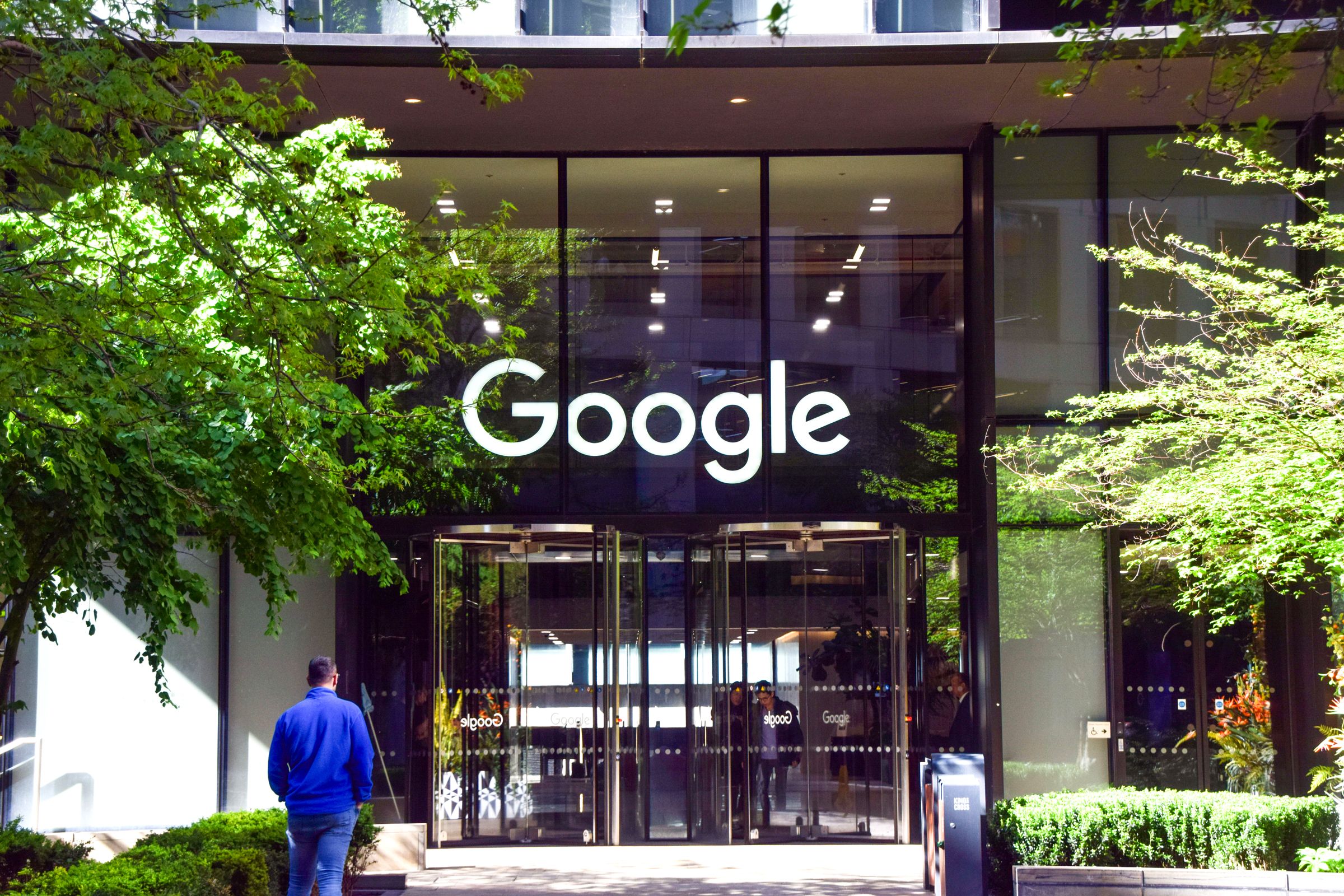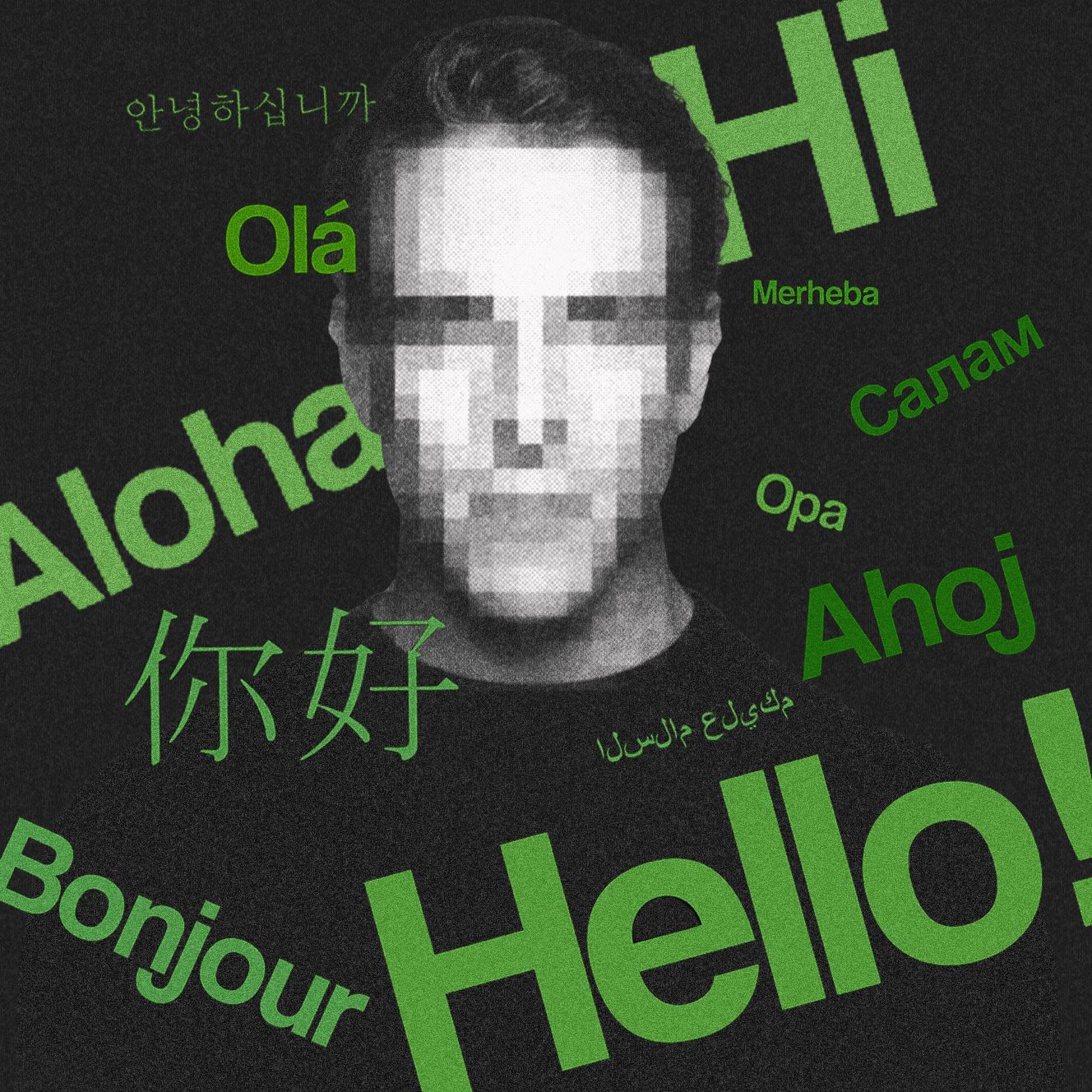AI Is Spreading Old Stereotypes to New Languages and Cultures
Artificial Intelligence (AI) has the potential to revolutionize many aspects of our daily lives, but it also has the capacity to perpetuate harmful stereotypes. As AI technology becomes more widespread, it is starting to spread old biases and stereotypes to new languages and cultures.
One of the main issues is that AI algorithms are often trained on biased data sets, which can lead to the perpetuation of stereotypes. For example, if a language model is trained on text that contains sexist or racist language, it may inadvertently produce biased output.
Another problem is the lack of diversity in the teams developing AI technology. If teams are not diverse, they may not be aware of the potential biases in their algorithms or data sets, leading to unintentional harm.
Furthermore, the way AI systems are designed can also contribute to the spread of stereotypes. For example, if a facial recognition system is trained primarily on images of one racial group, it may have difficulty accurately identifying individuals from other racial groups.
It is crucial for developers and researchers to be mindful of these issues and work towards creating more inclusive and fair AI systems. This can involve using diverse data sets, implementing bias mitigation techniques, and fostering diversity within AI teams.
By addressing these issues, we can help ensure that AI technology benefits all individuals and does not perpetuate harmful stereotypes. As AI continues to advance, it is essential that we prioritize ethics and inclusivity in its development.
In conclusion, AI has the potential to spread old stereotypes to new languages and cultures, but by being proactive in addressing biases, we can work towards a more equitable future for all.




